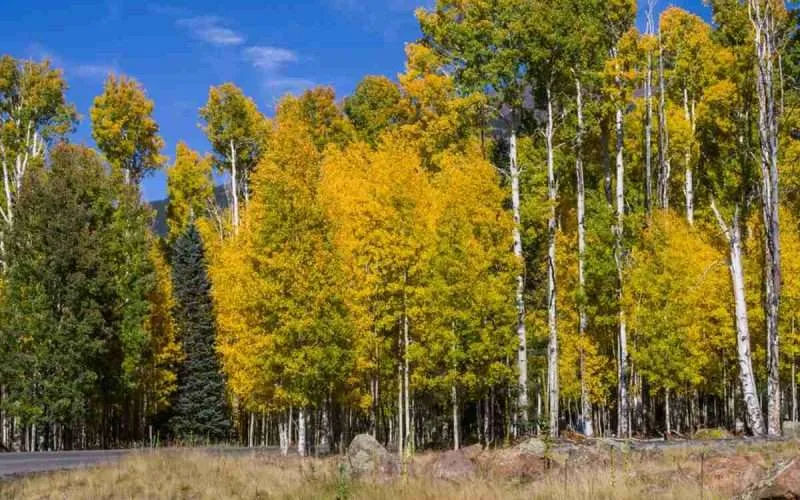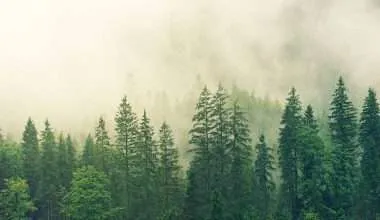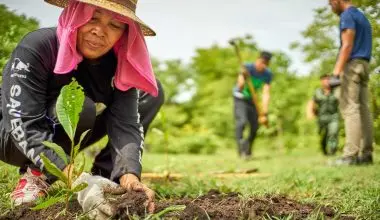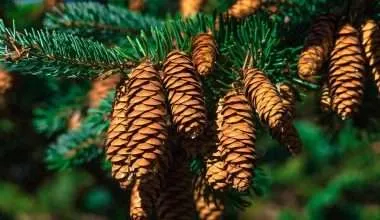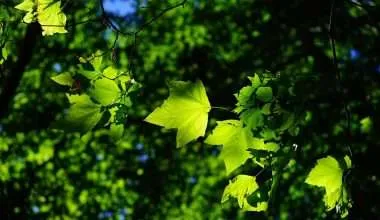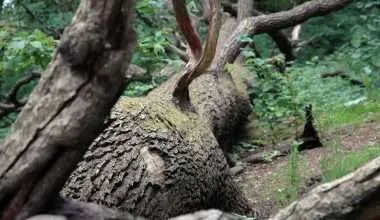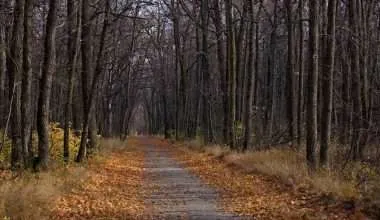Table of Contents Show
A shimmery white bark with vibrant yellow foliage moving slowly in the sun, and branches reaching up to the sky. Aspen trees are a delight for your senses. They emit a soothing melody as their leaves flutter, making a treasured visual scenery.
They are widely popular in North America and are mostly found around mountains or national parks. They have an array of benefits and contribute positively to the environment. Read more to know about the characteristics, advantages, and growing methods for aspen trees.
What Do Aspen Trees Look Like?
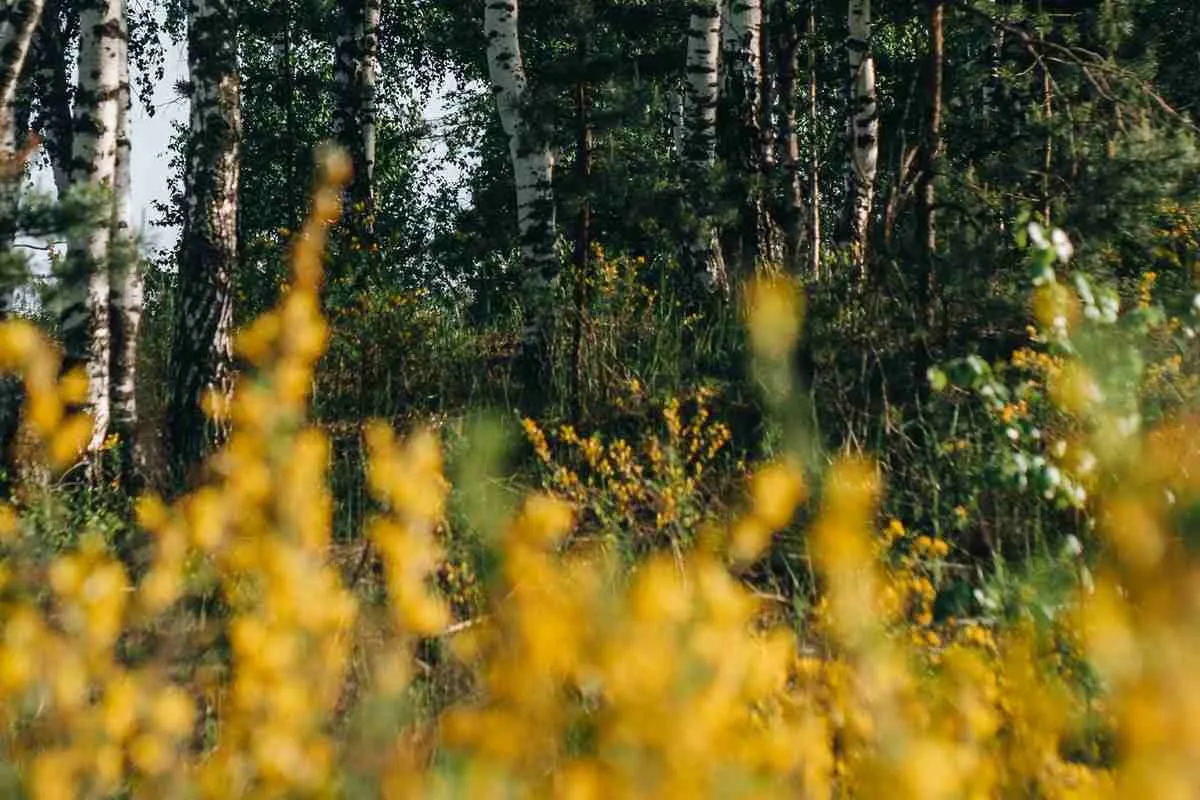
They are stunning trees and will make anyone stop and admire their beauty. They grow up to 40 to 60 feet in size. The tree has a rounded canopy over a width of 30 feet. They are large trees and are distinguished by their tree leaves, bark, and flowers.
Leaves- The foliage of an aspen tree consist of long stems along with a round shape. They move in light wind because of their size.
Bark- Aspen tree’s bark can be furrowed and rough with a gray shade, on the bigger sized specimens. The majority of the trees also develop a bark with a whitish and greenish color. The thin bark contains several black bumpy patches.
Flowers- The huge bloom of aspens contains many tiny little seeds with small hairs. They blossom around March and April before the leaves start to appear.
If you’d like to see how Aspen tree compares to Birch trees; skip here!
Types of Aspen Trees
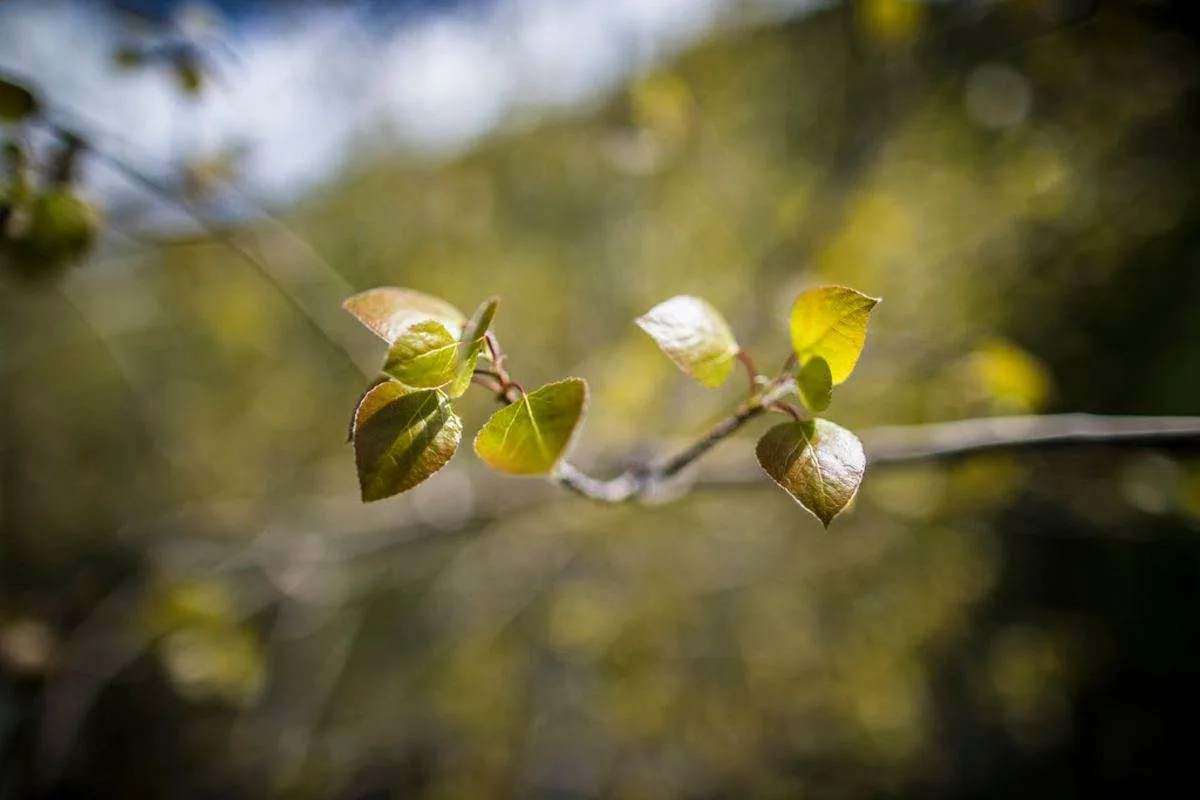
Aspen trees are glorious species. However, all types of aspens are not suitable for landscaping at home. The ideal ones are the Quaking Aspen tree (Populus tremuloides) and Aspen Clumps.
Other kinds include Korean Aspen (Populus davidiana), Common/European Aspen (Populus tremula), Bigtooth Aspen (Populus grandidentata), Japanese Aspen (Populus sieboldii), and Chinese Aspen (Populus adenopoda).
Quaking Aspen
The name for the quaking aspen came from the sounds of its leaves, which make a crackling or quaking noise when the wind blows.
Its scientific name Populus tremuloides originates from Latin, as populus means people, and the leaves of the trees bear a resemblance to a busy crowd.
The Quaking aspen or Trembling aspen heightens the beauty of any landscape with its textured white bard and bright foliage. Quaking aspen is considered an ornamental and low-maintenance tree.
It grows fast and thrives in a variety of environmental conditions. However, you will struggle to remove unwanted sprouts from the Quaking aspen tree.
Korean Aspen
They reach up to 25 meters with their trunk being approximately 60 cm in diameter. They have barks of hues ranging from green, grey, and white, and are smooth in most of the areas, except the basal part which is a bit rough.
Their barks are mostly of a lighter color and their branches are of darker shades, such as brown or red. Korean aspens have sharp-edged, traditional triangular, kind of toothed leaves, which becomes their distinguishing factor.
European Aspen
European Aspens cover a wide area in distribution, as they can be found in the Arctic region as well as northern Africa, Western Europe, and Japan.
Much like the quaking aspen, they have round-shaped leaves with edgy margins that flutter in the wind. Their fall foliage consists of copperish brown shades in springtime and gets green or yellow in autumn.
Japanese Aspen
These trees are particularly found in Japan’s mountains and grow in damp and heavy soil. They do not grow well in upland regions.
They have many uses. Their shoots’ extracts are used for cuttings. The wood is woolly and soft and odorless, also having low flammability.
Chinese Aspen
They are native to China where they are found in abundance. They can reach up to 30 meters at most of their locations, which mostly include mountain slopes.
The trees have many uses, such as supplying wood for furniture and construction purposes. The timber of Chinese aspen is also used.
Bigtooth Aspen
These trees are limited in growth as compared to other trees. They are mostly found in northern parts of America and southeastern parts of Canada.
They prefer sandy soil and grow well in flooded plains. Their wood is fine-grained and soft in texture. It is used for making chopsticks, cricket bats, log homes, and ladders.
Aspen Trees: Largest Living Organism
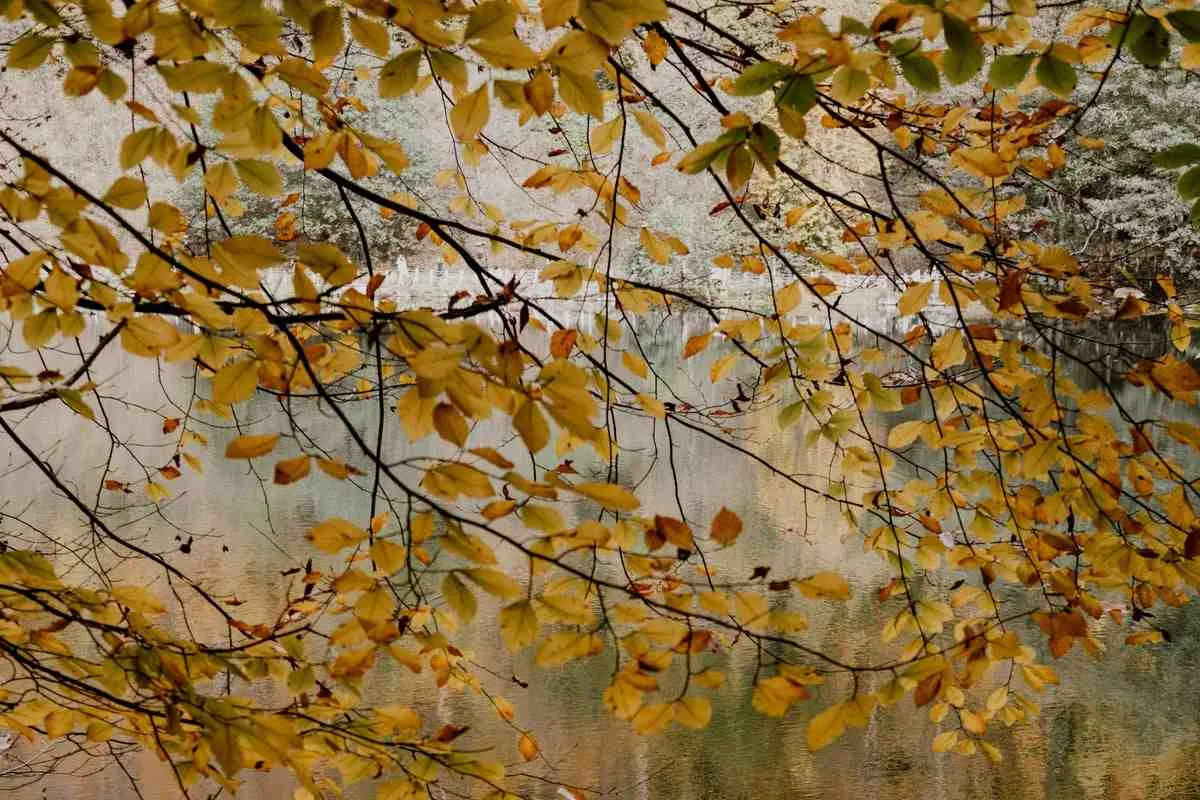
Aspen trees have a number of unique characteristics that separate them from other native trees of the U.S.
As if these qualities were not enough, it also holds the title of the largest living organism.
Forget sequoias and whales, evergreen aspens can top them too. They grow up in stands known as clones or groves of aspen. The aspen grove reproduces through shifting up sprouts from the roots. They have their primary life force beneath the ground in a comprehensive system. The aspen’s root connects all of the trees in an aspen clone.
The root system grows at a distance of 40 feet from the parent tree. Their roots search for water resources and can sometimes crumble sidewalks and infiltrate septic systems and sewers.
Prior to the appearance of the aspen tree trunk on the surface, the roots remain stagnant for several years until the ideal conditions are not met. This also includes ample sunlight and exposure to the sun.
In an individual stand, every tree is similar to the other. Hence, it is called a clone of aspens to identify a single stand. A clone found in Utah contained over 47,000 stems and weighed approximately 6 million kilograms.
It is five times heavier than the world’s largest tree General Sherman which weighs over 1.2 million kilograms. Aspen trees live a dramatic and fast life. For a single aspen tree to be considered old, they have to be around a hundred years old.
However, the trees don’t live long on their own as compared to the massive clones, which can live up to thousands of years. When a tree from a clone dies, it is gradually replaced with a newly grown one.
The oldest clones in Minnesota date back to 8000 years and are one of the oldest organisms on the planet.
Benefits of Aspen Trees
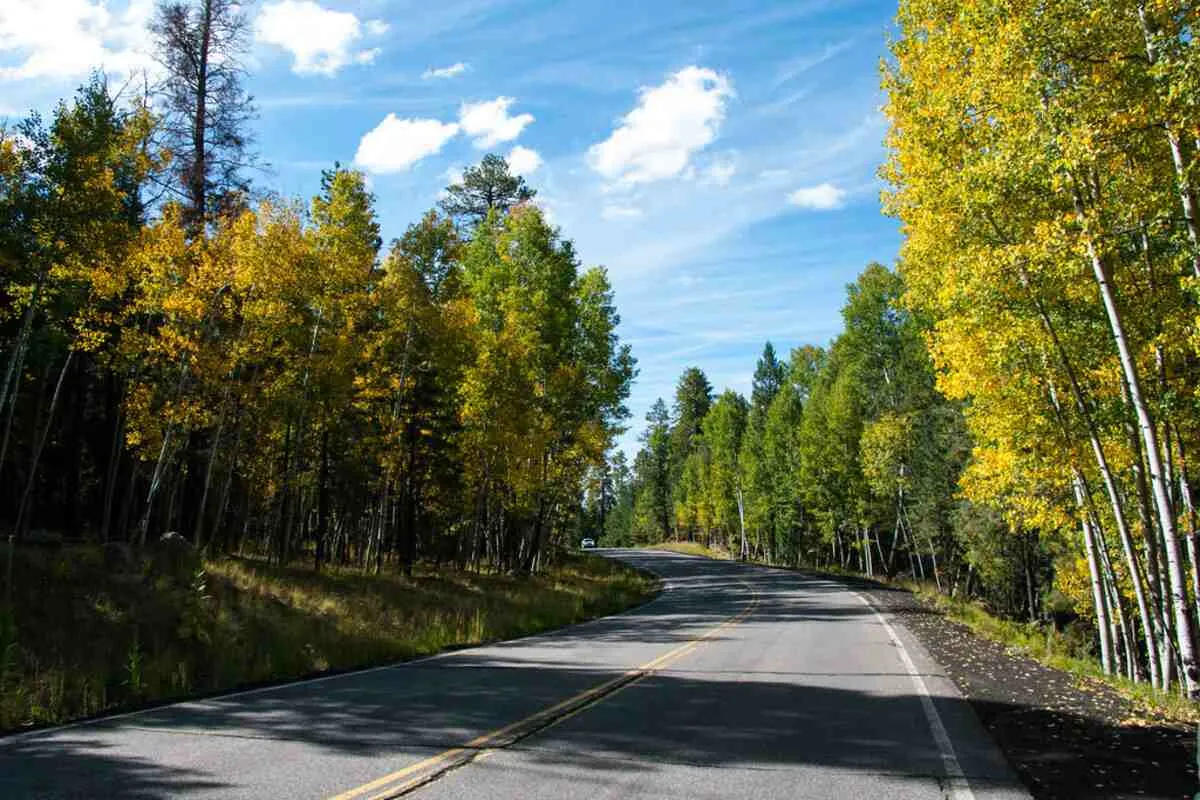
Beautify any landscape
Aspens are cultivated for their phenomenal beauty and the calm they produce as well as the sound of their leaves. They are tall trees and add majestic color, movement, and texture, unlike any other tree.
The trunk of the aspen tree is slender and smooth and accurately cylindrical along with unassorted back patches.
The glossy green foliage of quaking aspen trees flutters in the gentle breezing, creating a wonderful scene that can be romanticized.
The constant movement of the leaves creates a faint whisper that can be a relaxing getaway from the busy noise of city life.
Quaking aspen trees can go well with any landscape, but mostly complement elements similar to the mountains, such as wild roses, forest wildflowers, ferns, and boulders.
The minimalistic white and green color scheme of the quaking aspen and its perfectly cylindrical trunk accentuate its design.
It has golden leaves in the fall that glow like a warm sun before the arrival of the winter. The fall color is stunning and provides a unique look to the tree.
Community bond
They rarely exist in a single form but thrive when placed with others of their kind. They are naturally giving trees and provide life to other trees in the group and other living things.
While their roots stay dormant for several years, they can survive underneath. At a suitable time, their spring to life and come together in the form of a community.
Aspen trees have amazing durability and strength, which is not seen by many people. They grow together in a community environment and share a connection through their trees. This way, the trees also share resources and nutrients to support one another.
It is a beautiful kind of friendship and a bond that inspires humans as well.
Valuable for the ecosystem
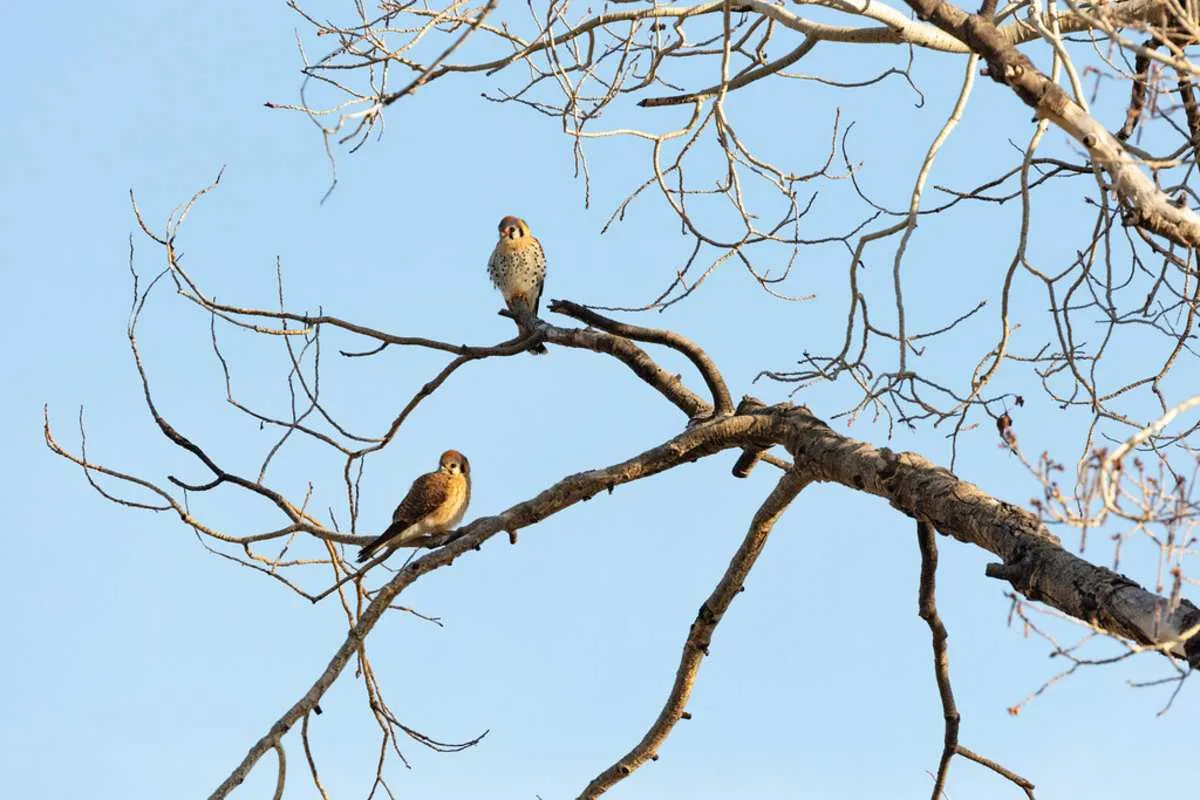
They are a rare species, that can even survive a forest fire and have no difficulty in growing in destroyed areas. They also rejuvenate other trees and plants outside their groups.
They are crucial to the ecosystem, being a vital food resource and providing nourishment to livestock and other local wild animals in the forest during winter months. Small mammals, insects, and birds feed off their twigs, bark, buds, and fallen leaves for shelter and food.
The root system of the aspen prevents soil erosion and recharges the supply of groundwater in the mountains. The trunk of the aspen tree is also used for medicinal purposes and is used in the making of pain soothing remedies.
Aspen wood is also used for the construction of crates, furniture, lumber core, and boxes.
Humans get shade from the tree and also reduce burning on the skin by applying the tree’s bark to the affected body part. Along with being a sight for sore eyes, they also help in healing pains and cuts.
Where Do Aspen Trees Grow?

Aspen is a deciduous tree kind and belongs to the willow family. They grow in hot and sunny areas, on well-drained and moist soil. The aspen willow tree in the mountains, parks, woods, valleys, and alongside waterways. However, they can thrive and adapt to different weather and environmental factors. They can grow in climate hardiness zones from 1 to 7.
The gorgeous aspen strands grow among other conifers, accentuating the aesthetics of any place. They can easily grow in bare or burned and colonize stands of trees. While they prefer moist soil, they can grow near a spring in a desert.
They are widespread trees and popular sight in rocky mountains. They grow from a range of high to low slopes and can be seen growing thick in areas with a history of avalanches or destruction.
North America’s favorite tree
One of the most noteworthy features of these trees is that they are spread throughout North America and their numbers surpass all other trees in the region, such as the cherry tree, plum tree, apple tree, pear tree, peach tree, apricot tree, persimmon tree, and maple tree.
It can be found further up north in Canada and the south of Mexico. Those features give it a claim to fame. The Quaking aspen can be found all over North America, more than any other tree species. You can even find aspens in California, Mexico, and even south Alaska. It thrives in mountain forests with an abundance of evergreen trees. It is widely popular for its many advantages and the pop of color it brings to a landscape.
Aspen tree vs birch tree
Aspen trees are sometimes compared to birch trees in looks. While they look very similar to each other, they both have some distinguishing features.
The aspen leaves are heart-shaped and have smaller and rounded teeth. Birch leaves, on the other hand, are shaped like a spear along with a double-serrated corner. If the aspen leaf is longer, it is a birch as a stouter one belongs to an aspen tree.
This only works if you can look at the leaves of the tree in detail. It is difficult to identify birch trees and aspen trees in winter as they look different because they have had their leaves fall.
You can move on to the tree’s trunk. While the aspen tree bark looks the same as the birch’s, they have different colors and markings that can separate the two. The aspen tree has a distinguishable green shade beneath its whitish structure, while the birch tree is entirely white.
The texture of the tree’s bark also differs between the aspen and the birch. The birch bark will hang loosely off the tree similar to pieces of paper, being easy to peel away when pulled. Aspen bark, however, is wrapped tightly over the width of the trunk.
The birch trunk is also used for arts and crafts, like decorating furniture and framing pictures. It can also be used in making canoes and baskets.
Both of the trees have separate markings on their tree trunks. Aspen trees have knots on them that are like eyes, while birch has horizontal markings on the whole of the trunk. The trees are born with these markings and they do not occur from external factors.
I hope that you will be able to differentiate between the two upon a close examination, considering their distinct leaves, bark textures, and markings.
Aspen Trees Planting
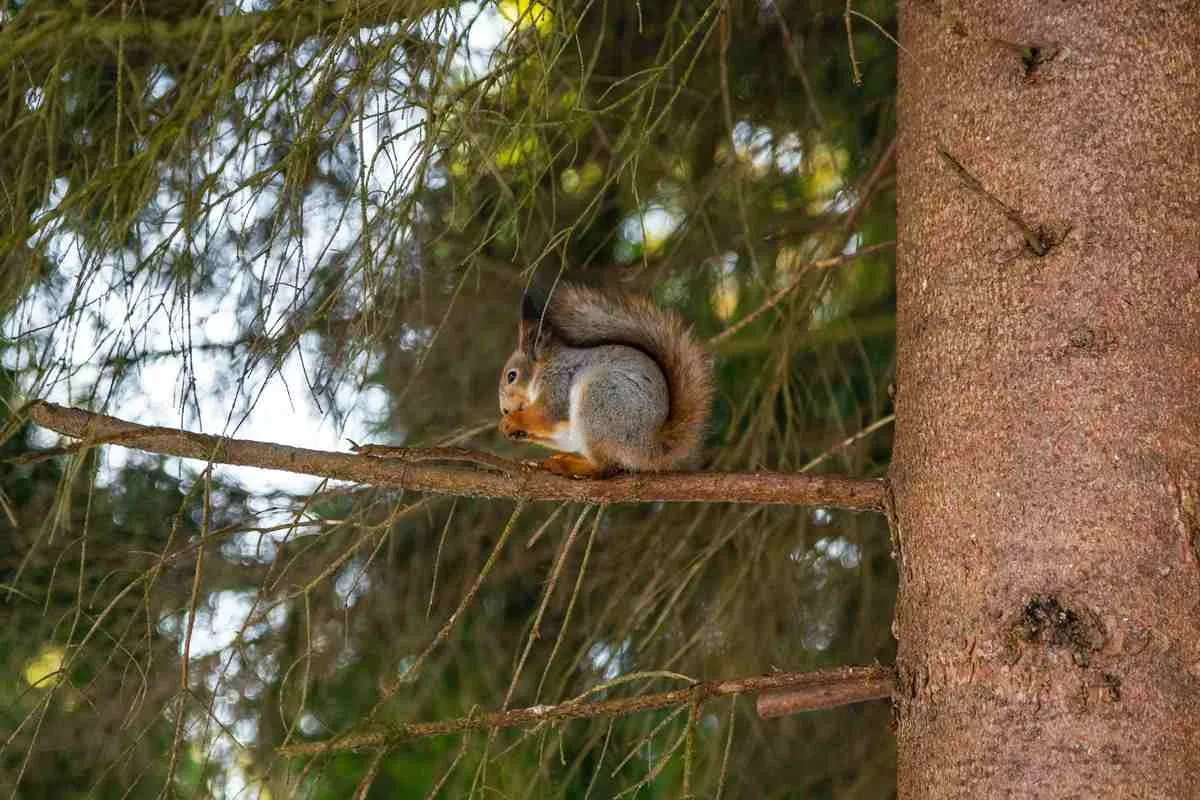
While aspens are low-maintenance and resilient trees, they will not grow to their full potential without the proper care. If you are considering planting aspen in your yard or home garden, then make sure you know everything it requires.
If you neglect your tree, it will not be an ornamental piece for a long time and will soon lose its charm. Here are some tips you can follow to keep your aspens strong and healthy.
- Know which type of aspen you have and research about it.
- Frequently water the trees. They require loads of water to grow big as they are root suckers and consume water if they become thirsty.
- Make sure to fertilize your trees once a year in spring.
- Prune the branches of your aspens in winter, but don’t remove any excess branches. One-third of them in a year is enough.
- Keep an eye on your tree and if there is any premature dropping of leaves, it means your tree is either getting attacked by worms or pests such as caterpillars or it has caught a fungal disease or is infested by cankers.
Aspens are easy trees to plant and they even grow in winter. Underneath their white and thin bark layer, is a fragile green photosynthetic part that produces sugars and grows when other species remain stagnant. In extremely harsh winters, the green and sugary part becomes an essential food commodity, rich in nutrients, for elk and deer.
Throughout the seasons, small aspens produce well for various animals, including black bears, ruffed grouse, rodents, porcupines, and beavers.
So, growing aspen is not only beneficial to you but to the whole environment. It is one of the ways you can play your part in making the earth a better place to live for all living beings.
